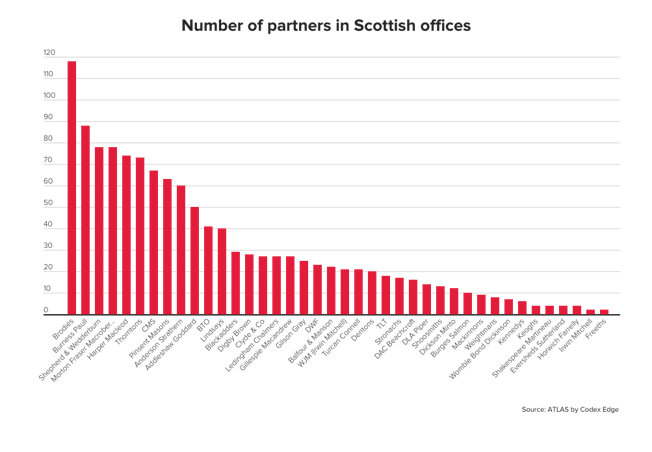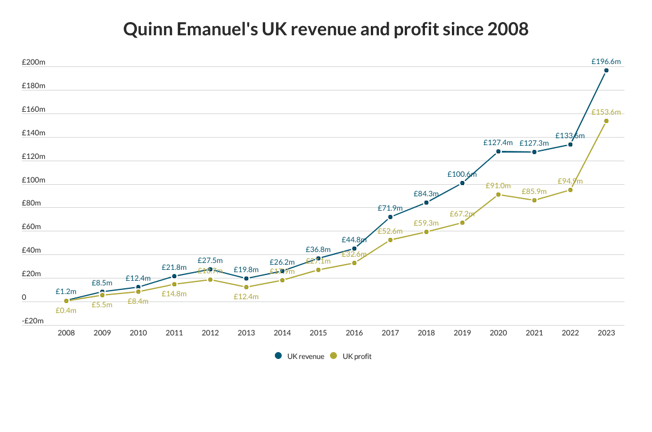Norton Rose joins regional alliance M5
Norton Rose confounded City expectations with its April announcement that it was hooking up with regional firms to create a referral network. M5 was the association of top regional law firms Addleshaw Sons & Latham, Bond Pearce, Booth & Co, Burges Salmon and Mills & Reeve that began in 1977. With this move the alliance would be rechristened the Norton Rose M5 Group.
City reaction was polite incomprehension. “I would have thought Norton Rose were big enough to stand on their own,” said Graham Nicholson, managing partner at Freshfields.
“It’s difficult to know what their strategy is.”
While City firms were baffled at the move, Norton Rose itself saw it as a way of ensuring a domestic flow of work.
“What’s needed is quality and locations to suit the client and varying cost structures to suit the client,” said managing partner Tony Kay.
However, the idea behind the original M5 grouping was simple. As Wragge & Co senior partner Peter Wall told The Lawyer in 1988, the whole grouping started because of a “common concern that the big London firms would continue to develop with their financial power and their recruiting power, which regional firms individually probably couldn’t match. The very lifeblood of the association is that we’re leading provincial firms.
“Our advantage is that our clients don’t have to pay the London premium,” Wall continued. “I’m told they have to charge about 40-50 per cent more than we do. We do lose a small number of clients as they grow very large. There’s an element of snobbery about it: they want to say their advisers are Peat Marwick or Slaughter and May.”
However, the Norton Rose move highlighted some inherent contradictions over client-sharing. At what point were the regional firms happy to relinquish potentially larger
City-based work to Norton Rose?
The M5 association petered out in 1998.
Partner move of the year
Steven Beharrell left Denton Hall to join Couderts, which in 1990 was the first and pretty much the only US firm aggressively trying to get UK lawyers. The Lawyer called it a “turning point in partner mobility”.
“Denton Hall has historically been an international firm, but it is evolving much more into a domestic major firm,” said Beharrell. He was joined by Hugh Thompson of Lawrence Graham to front a UK firm called Beharrell Thompson, which would merge with Couderts when possible, and for much
of the early and mid-1990s was the only multinational partnership in the City.
However, some US lawyers were sceptical of the move. Bruce Buck of Skadden Arps Slate Meagher & Flom said: “In seven years I’ve never run across Couderts in a transaction.”
The year’s biggest defensive tactic
Five elite European firms, wary of Anglo-Saxon incursions into the Continent, bonded together to form a joint Brussels office. Boden Oppenhoff & Schneider (Germany), De Brauw Blackstone Westbroek (Holland), De Bandt Van Hecke & Lagae (Belgium), JeantetAssociés (France) and Uría & Menéndez (Spain) opened the office in April.
The Alliance of European Law Firms held fast until the end of the decade, when Linklaters finally managed to lure Boden Oppenhoff and De Bandt into a merger. The other members of the alliance remain independent law firms.
Boldest expansion
Dibb Lupton merged with 17-partner London insolvency boutique William Prior to create its first City presence.
Dibb Lupton was mostly focused on Sheffield and Leeds, but this merger consolidated its already strong reputation in insolvency as the recession began to take hold.
Leeds insolvency head Paul Rhodes was transferred to London to build up the office; he later became managing partner of the firm and Dibb Lupton also spent several years trying to shake off the insolvency specialist tag.
Ill-fated international move
In February Nabarro Nathanson unveiled its ‘exclusive’ US link with Weil Gotshal & Manges – one of the first US-UK alliances to be born in the 1990s. Unfortunately, it was also one of the many failed alliances. While there was a certain number of referrals and secondments, little grew from the relationship.
In 1995 Weil turned its back on the arrangement when it launched its own UK practice with the hire of former Clifford Chance partner Maurice Allen.
Rebuke of the year
Master of the Rolls Lord Donaldson was frankly disdainful of overenthusiastic litigators, saying that too many people think that the Court of Appeal “exists to give them a second bite at the cherry. One of the most important duties of a lawyer is to save his clients from themselves.”
Did you mean that?
“It’s not clear to what extent UK and US law firms are going to be in competition on cross-border work. We don’t aim to be local lawyers in Europe outside the UK and France.” – Charles Allen-Jones, managing partner, Linklaters
Geoffrey Robertson QC, Doughty Street Chambers
Geoffrey Robertson QC broke new ground when he launched a set of chambers specialising in civil liberties in October 1990.
Thirty barristers, including Louis Blom-Cooper QC and Helena Kennedy, broke away from 1 Dr Johnson’s Buildings and Lord Gifford QC’s set in Wellington Street to create Doughty Street Chambers – now a name synonymous with civil liberties and liberal causes.
The launch of Robertson’s set was distinguished by a 24-page glossy brochure. As The Lawyer reported at the time: “It breaks new ground in marketing style for barristers, containing potted histories of the barristers and black-and-white photographs.”





























